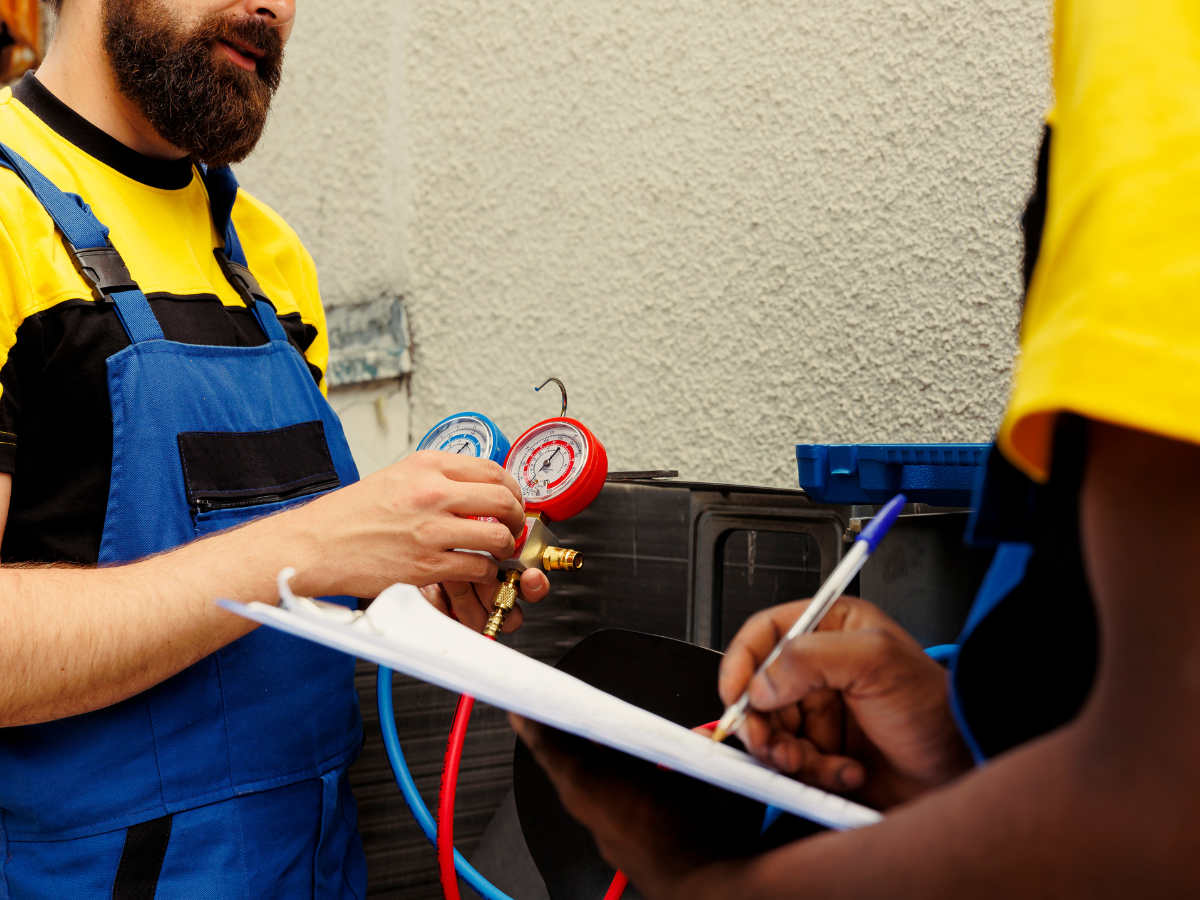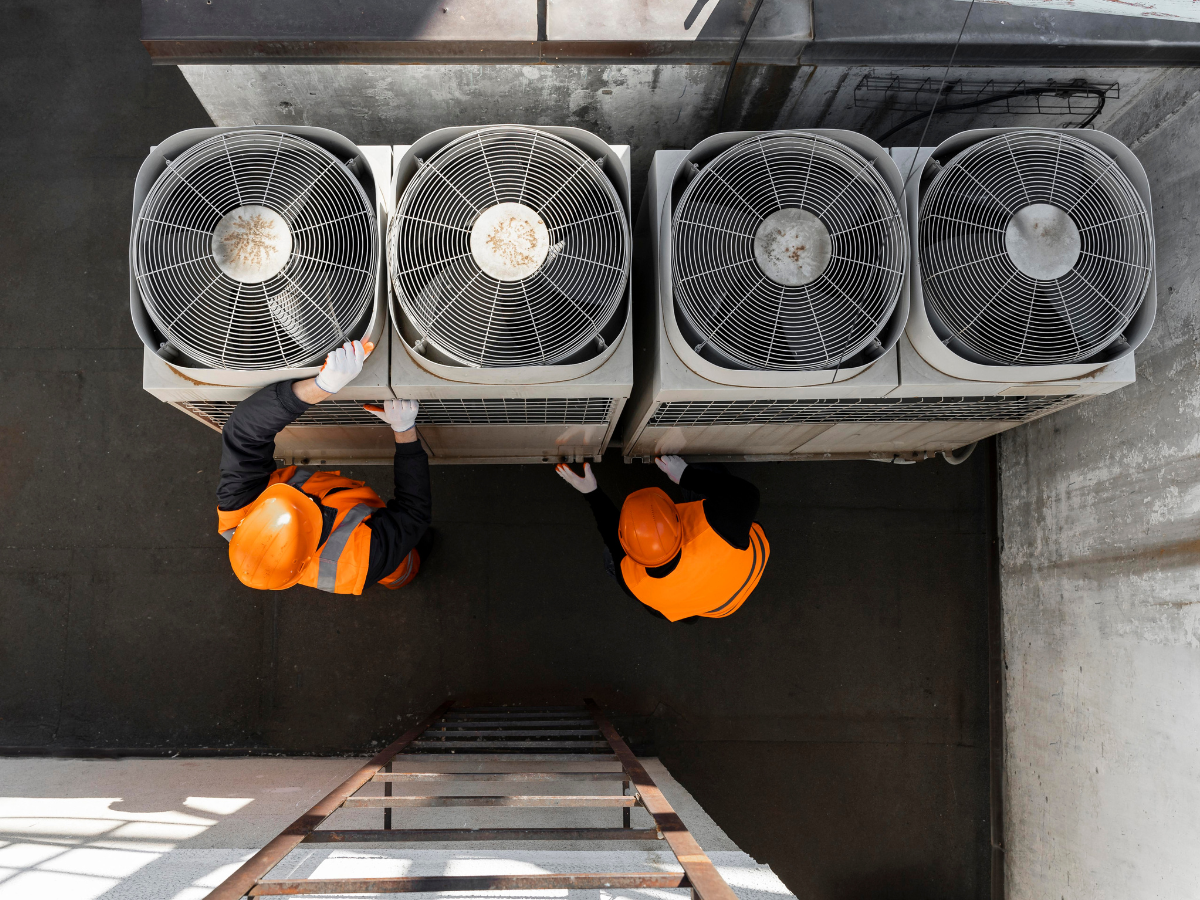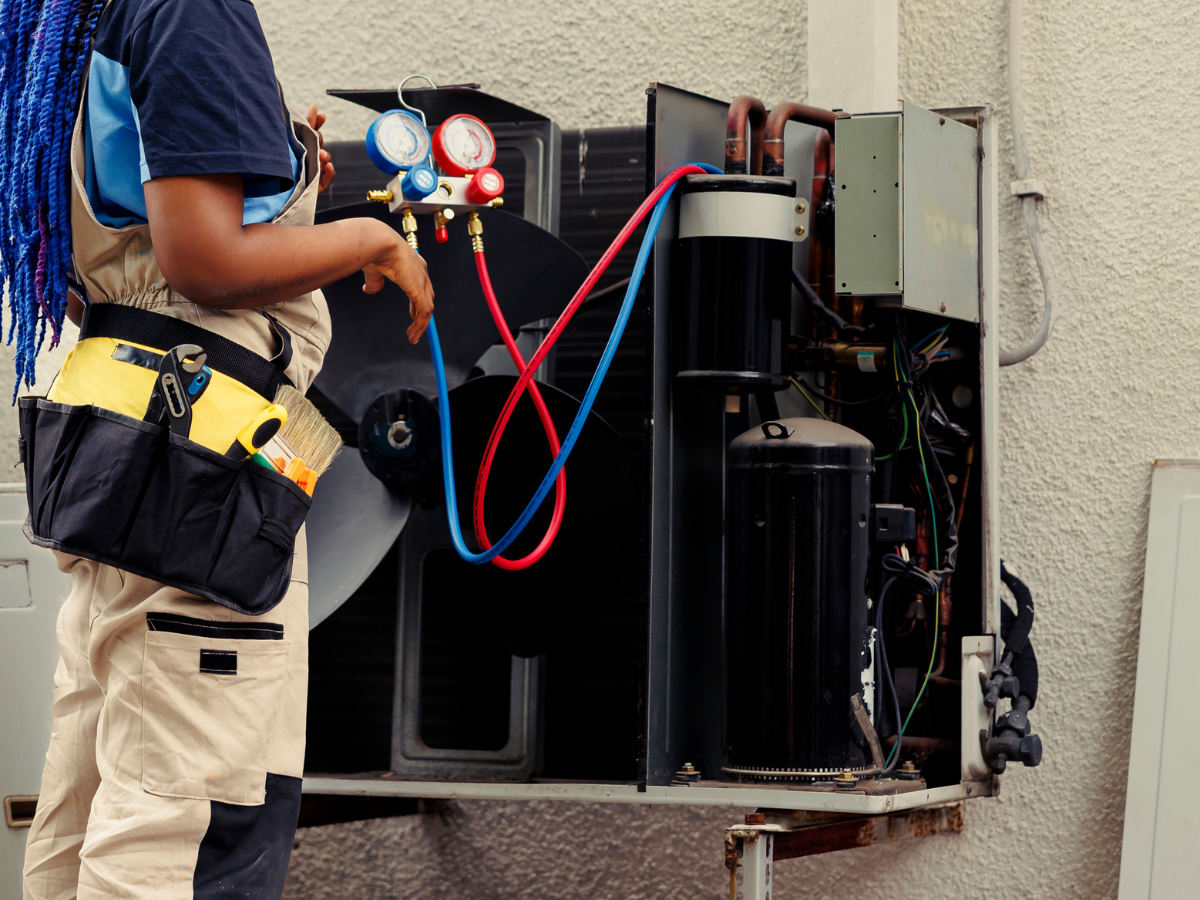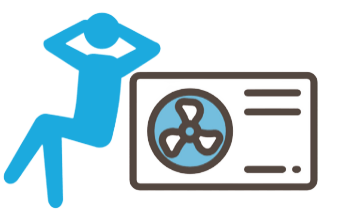Silver Beach Bellingham, WA
HVAC Near Silver Beach
🏖️❄️ **Comfort Zone HVAC - Keeping Silver Beach in Bellingham, WA Comfortable All Year Round!** 🌟🏢
Greetings, Bellingham residents! As the owner of Comfort Zone HVAC, I'm excited to share our extensive work near the stunning Silver Beach area. When it comes to providing exceptional heating, ventilation, and air conditioning services, we've got you covered!
Silver Beach, nestled near the intersection of Silver Beach Avenue and Carolina Street, is a breathtaking destination that offers residents and visitors a tranquil coastal retreat. The surrounding streets, including Marine Drive and Old Marine Drive, enhance the beauty and accessibility of this picturesque neighborhood. 🌊🏡
At Comfort Zone HVAC, we take great pride in serving the Silver Beach community and its surrounding areas. Our skilled technicians have completed numerous HVAC installations, repairs, and maintenance services in this scenic locale. We understand the importance of keeping homes and businesses comfortable in all seasons, whether it's providing reliable heating during the chilly winters or efficient air conditioning during the warm summers. ❄️🔥
From the moment you step onto Silver Beach Avenue, our goal is to ensure your indoor comfort. We've worked diligently on Carolina Street, Marine Drive, Old Marine Drive, and the neighboring streets, delivering exceptional HVAC solutions that keep your space cozy and energy-efficient. 🌬️💨
At Comfort Zone HVAC, we prioritize customer satisfaction and go above and beyond to exceed your expectations. Our experienced team is committed to providing high-quality HVAC services, utilizing the latest technologies and industry best practices. We believe in creating long-lasting relationships with our clients by offering personalized solutions tailored to their unique needs. 💯✨
So, whether you're enjoying the coastal breeze along Marine Drive, exploring the beauty of Old Marine Drive, or residing on Silver Beach Avenue or Carolina Street, Comfort Zone HVAC is here to ensure your comfort throughout the year. Experience the difference our professional HVAC services can make in your home or business! 🏖️🌡️
Contact Comfort Zone HVAC today to schedule an appointment and discover why we're the go-to HVAC provider in Silver Beach and beyond. We're dedicated to keeping you comfortable and maintaining the perfect indoor climate in your beloved Bellingham community. 🌟🏞️
#ComfortZoneHVAC #SilverBeach #BellinghamWA #HVACServices #HeatingAndCooling #IndoorComfort #SilverBeachAvenue #CarolinaStreet #MarineDrive #OldMarineDrive #CoastalRetreat #CustomerSatisfaction #ReliableHVAC #EnergyEfficiency #BellinghamCommunity #KeepingYouComfortable
You might also like




